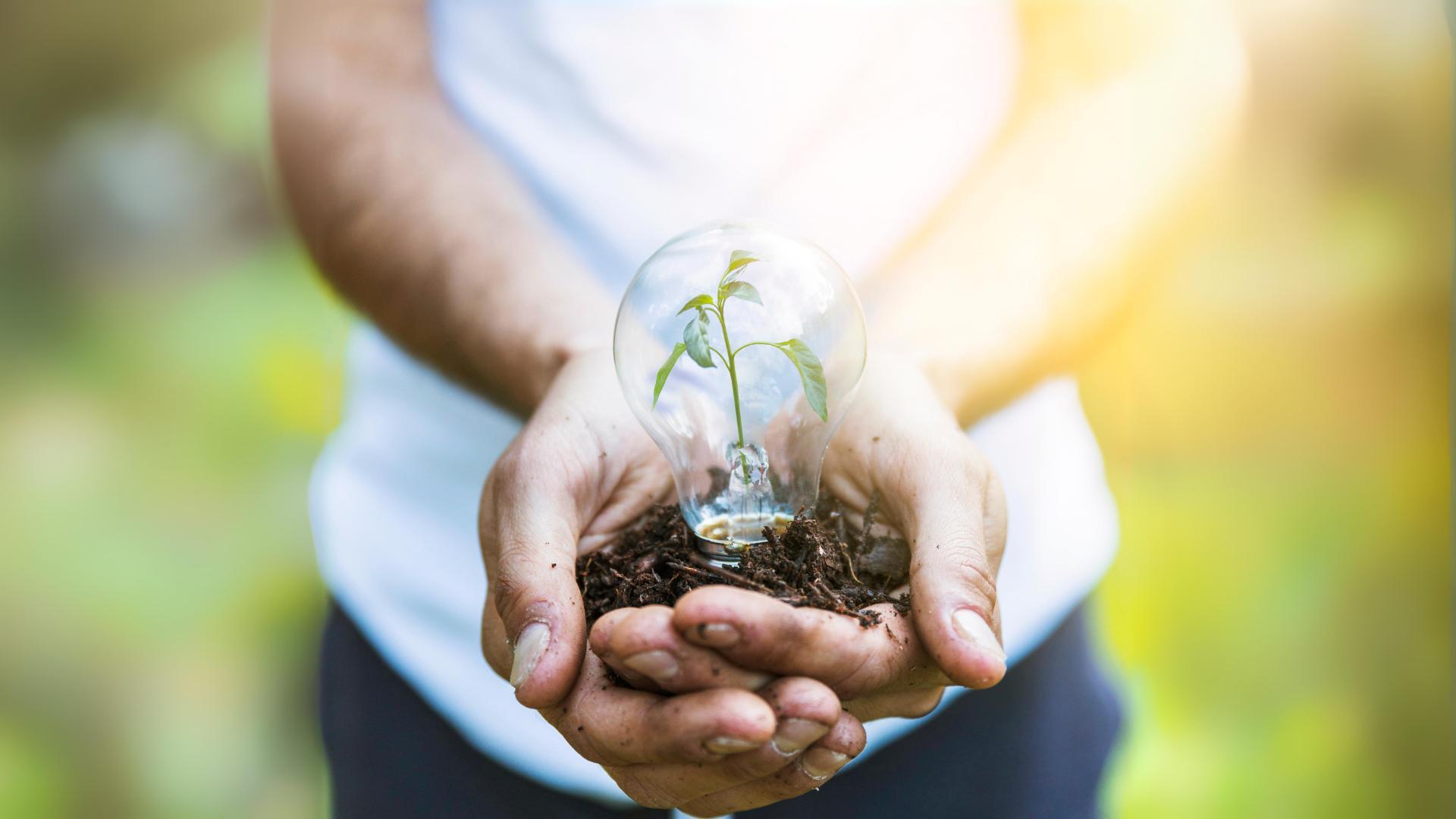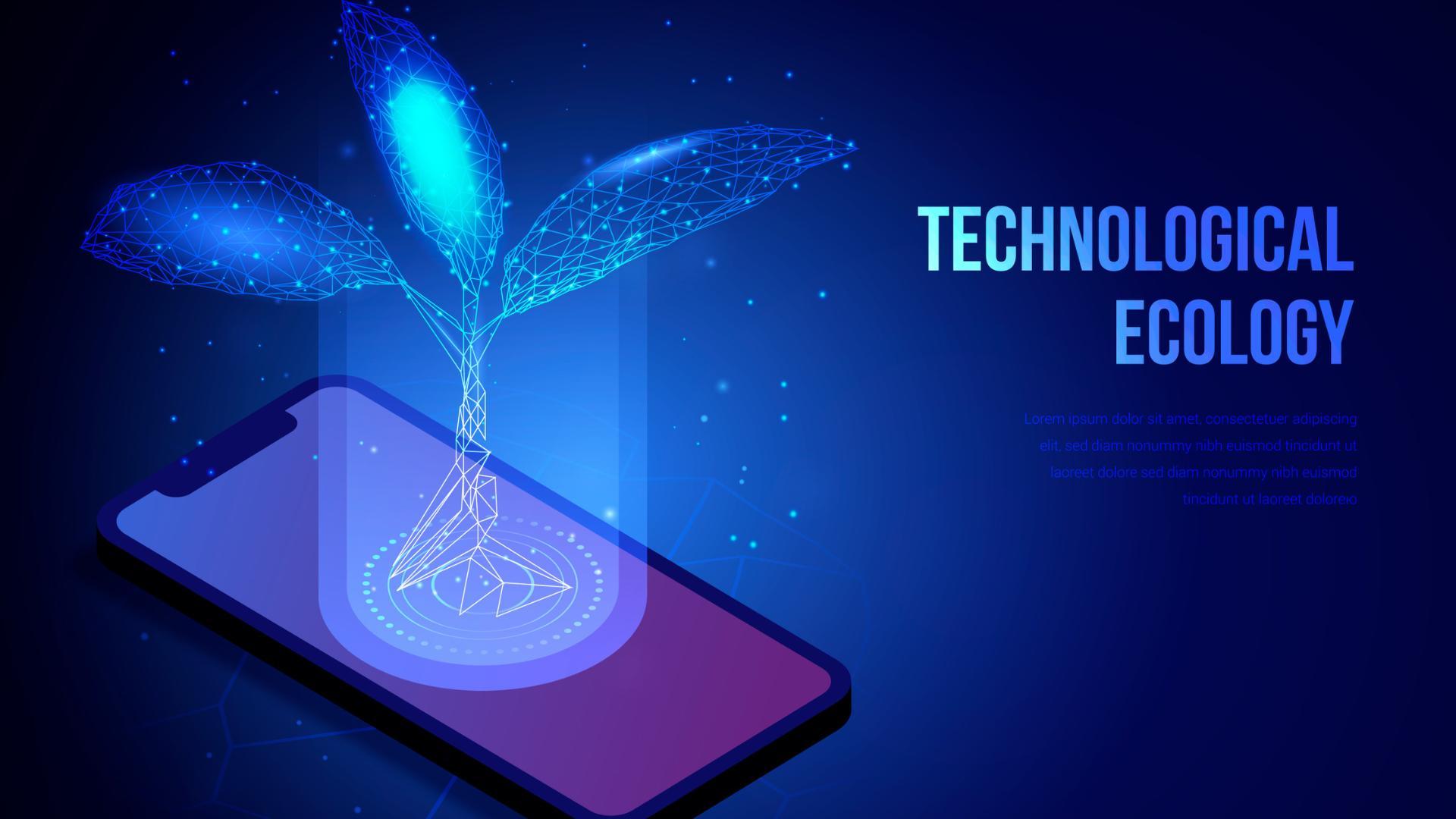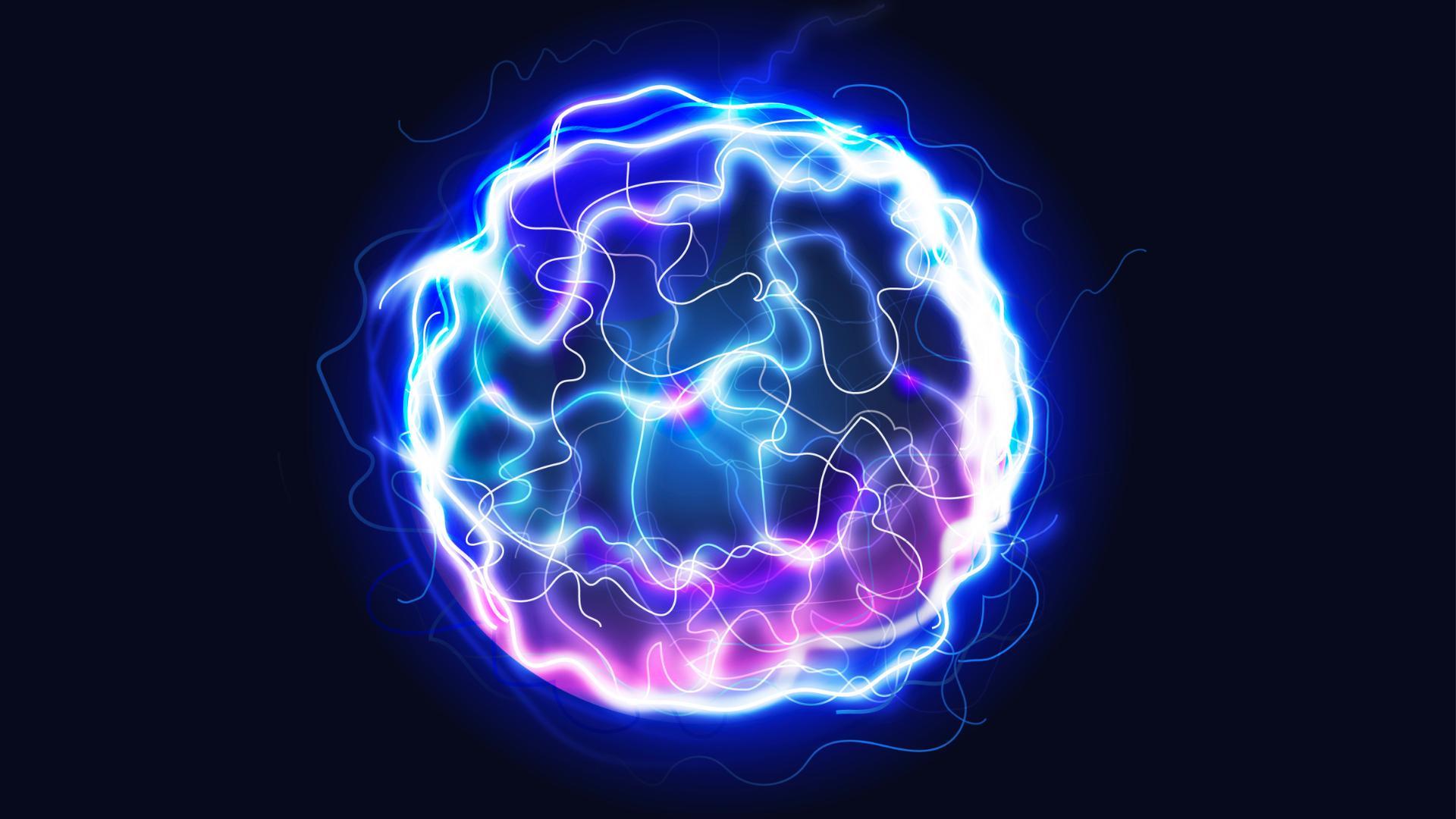RTTA-1 is an exciting new material that’s making waves in the world of clean energy. This material is packed with tiny structures that work like mini factories, using sunlight to split water molecules and produce hydrogen at a remarkable rate.
It’s not just efficient; it’s also poised to be a game-changer in making hydrogen a go-to fuel for everything from cars to factories, helping us move towards a greener future.
RTTA-1 Might Be Our New Superhero For Hydrogen Production

In our daily lives, while we may not directly encounter RTTA-1 itself, the technology it represents has the potential to impact many aspects of our world. The exact year of discovery isn’t specified in the sources, but the material has gained attention in the last couple of years, particularly as the need for clean energy solutions has become more pressing.
For every 100 light particles that hit the material, about 10 get turned into hydrogen. This makes RTTA-1 very efficient, helping it produce a lot of hydrogen with just a little bit of sunlight.
The Quiet Powerhouse Revolutionizing Hydrogen Production

RTTA-1 is equipped with tiny, invisible pores that efficiently handle the complex task of splitting water molecules. It simply absorbs sunlight and, almost effortlessly, converts that energy into hydrogen.
This quiet yet powerful process makes it seem as though RTTA-1 is performing a remarkable feat with ease, underscoring its efficiency and effectiveness in hydrogen production.
The Most Abundant Element in The Universe

Hydrogen is considered a super clean fuel because when you use it, the only thing it produces is water—no harmful emissions at all. One more interesting fact about hydrogen is that it’s the most abundant element in the universe, making up about 75% of all matter by mass. Despite being so common, on Earth, hydrogen is usually found combined with other elements, like in water (H2O), rather than in its pure form.
This means that to use hydrogen as a fuel, we need to extract it, which is where advanced materials like RTTA-1 come in handy, helping us produce hydrogen more efficiently and sustainably.
Natural Resources Only

The cool thing about the hydrogen production method involving RTTA-1 is that it uses sunlight to make hydrogen, which means it’s taking a completely natural and renewable resource—sunlight—and turning it into a clean, sustainable fuel.
Unlike traditional methods of hydrogen production that often rely on fossil fuels and emit carbon dioxide, solar hydrogen production doesn’t produce any greenhouse gases, making it an eco-friendly option. This approach also aligns with nature’s own energy conversion processes, making it a cleaner and more sustainable way to produce energy.
How Much It Will Cost ?

One of the biggest challenges in solar hydrogen production is the cost. Right now, making hydrogen using sunlight is more expensive than traditional methods that rely on fossil fuels. Even though materials like RTTA-1 help make the process more efficient, they are still costly to produce and maintain.
Because of this, hydrogen made from sunlight isn’t as cheap as the hydrogen we get from other sources. To make solar hydrogen production more practical and competitive, researchers need to find ways to lower these costs, so it can become a more affordable and widely-used energy solution.
Can RTTA-1 Deliver on Its Promise for a Greener World

One of the main challenges with RTTA-1 is ensuring it can consistently convert sunlight into hydrogen efficiently. While RTTA-1 is effective at capturing sunlight and using it to split water molecules, it doesn’t always work perfectly—some sunlight doesn’t get fully converted into hydrogen, leading to wasted energy.
This inconsistency makes it difficult to maintain high efficiency, especially when trying to scale up production. There’s a lot of excitement about RTTA-1 and its potential to help create a greener world, but the big question remains: can it be improved quickly enough to become the solution we need for sustainable energy?
Artificial Leaf Technology vs. Artificial Leaf

Artificial Leaf Technology is also a way to produce clean energy by copying how plants use sunlight to create fuel. The “artificial leaf” is a device that uses sunlight to split water into hydrogen and oxygen. Artificial Leaf Technology and RTTA-1 are similar because both use sunlight to create clean hydrogen fuel by splitting water molecules. They rely on special materials that help turn sunlight into energy, but they also share challenges.
Not all the sunlight gets converted into hydrogen, so some energy is lost. Additionally, the materials can wear out over time due to exposure to sunlight and water, making them less effective. Despite these issues, both technologies show great potential for providing a green and sustainable energy source in the future.
A Game-Changer in the Fight Against Climate Change

As the use of RTTA-1 scales up, it could significantly reduce our carbon footprint, helping to slow down global warming and mitigate the impacts of climate change.
By replacing fossil fuels with this clean energy source, we can move closer to a sustainable future where our energy needs are met without damaging the planet
A Better World For The Future Generations

Imagine a world where kids can play outside without worrying about pollution or extreme weather, thanks to the reduction in greenhouse gases. Plus, since this technology uses sunlight, it’s tapping into an endless source of energy, ensuring that future generations have a steady, clean supply of power.
With RTTA-1 leading the way, we can hand down a healthier, greener planet to the kids of tomorrow, giving them the chance to enjoy the world just as much as we do today.

